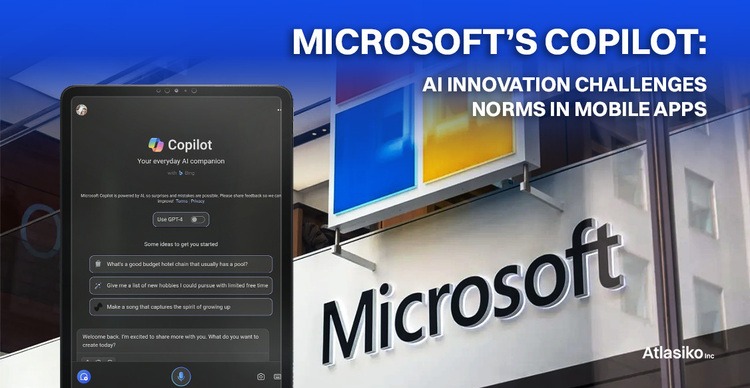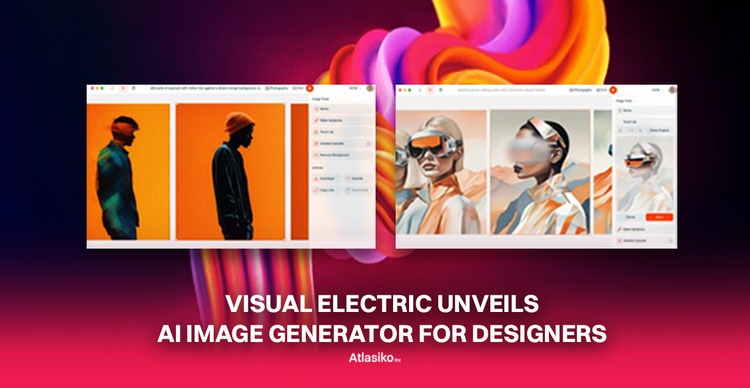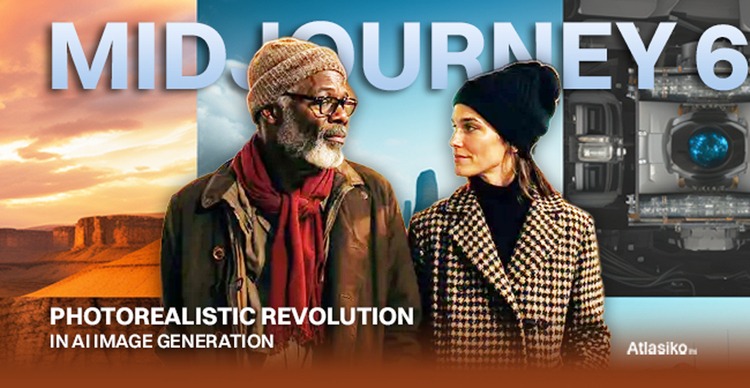In a strategic move backed by Sequoia Capital, Visual Electric has announced the launch of its groundbreaking AI-driven image-generation tool tailored specifically for designers.
The CEO of this company, Colin Dunn, emphasized the unique positioning of Visual Electric in addressing the challenges designers face in the realm of generative AI. Drawing on his extensive experience at Universe, Facebook, and Dropbox, Dunn stressed that traditional AI interfaces needed to be revised for the inherently non-linear and messy creative process. The Visual Electric AI generator product is designed to mirror the creative journey, offering a generative canvas that allows users to work spatially, encouraging exploration and iteration.

The platform facilitates unlimited iterations until the desired image is achieved. Users can customize their prompts with color palettes, exclusion criteria, formats, and moods, including Airbrush, Film, Cinematic, and Neon.
While the image-generation tool is free, there's a daily cap of 40 image generations. Starting at $16 per month, premium plans offer faster generation speeds, unlimited image creation, and commercial licensing. For a top-tier subscription at $48 per month, users benefit from private image generation and enhanced speed. Notable features include a "touch" function for modifying specific areas, upscaling for premium users, background removal, creativity sliders, and a "remix" feature for image makeovers.

The platform employs Stable Diffusion as its image generation model, harnessing GPT-3.5 Turbo for auto-generated prompt suggestions and GPT-4 to generate prompts from imported images.
While Visual Electric AI image generator is currently web-based, plans for a mobile app are under consideration for the upcoming year. The company's focus on tailored solutions for designers aims to set it apart in a market inundated with AI picture-generation tools from industry giants like Google, Meta, Amazon, Adobe, and Getty Images. Acknowledging the trend, Visual Electric believes that its emphasis on a specific user base provides a competitive edge.
In a landscape where companies like Vercel and TLDraw have experimented with interface-generating features, Visual Electric stands out by marrying AI capabilities with a designer-centric approach, redefining the future of creative workflows.







